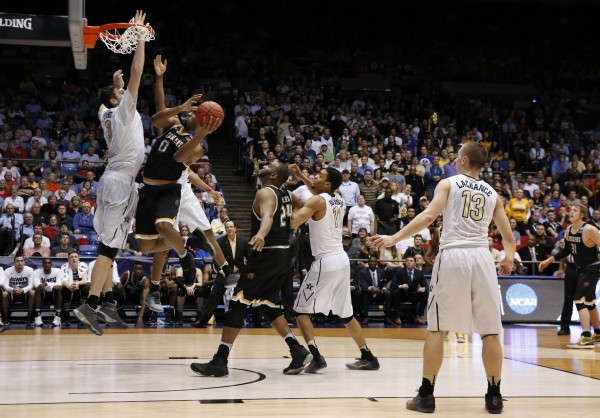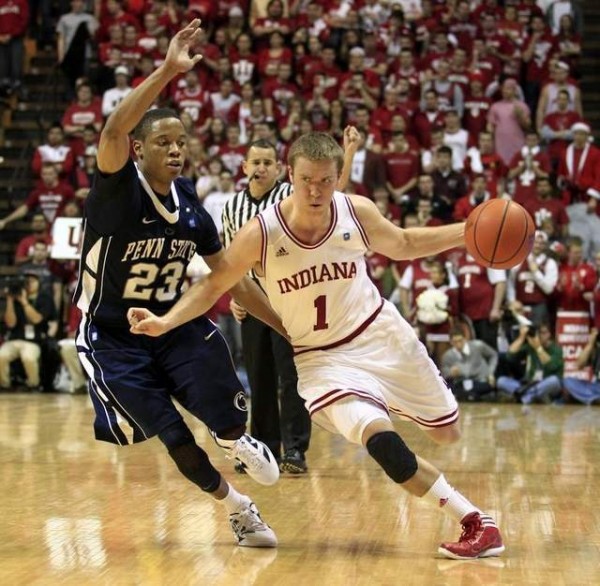68 NCAA Tournament Facts Heading Into Madness…
Posted by William Ezekowitz on March 17th, 2016Here’s a dirty little secret about March Madness. The difference between a bad bracket and a good bracket is skill, but the difference between a good bracket and a great bracket is luck. Anyone who has won their pool has gotten lucky. A lot of these games are basically coin flips or won by buzzer-beaters, and nobody can predict that kind of thing. You just have to hope enough of those breaks go in your favor. Where you can distance yourself from your competition, though, is in the 60-40 or 55-45 games. If you can figure out which team has a slight advantage and pick enough of those teams with those slight advantages, odds are something will break your way one of these years. That is the purpose of these 68 Facts, to help isolate some favorable and unfavorable matchups going into the NCAA Tournament. Hopefully they will help your bracket — or at least help you justify your bracket to yourself, which is debatably more important anyway. Let’s get to it.
- California is 18-0 at home and 5-10 on the road or at neutral sites.
- Providence’s Kris Dunn hasn’t looked like himself lately, scoring single-figures in three of his last six games, after having just two such outputs in his first 25 games.
- Kentucky has the lowest defensive assist percentage in the country. Indiana gets assists on an above-average proportion of its field goals.
- Of Dayton’s seven losses, five have come when one of the Flyers’ three best players, Charles Cooke, Dyshawn Pierre and Kendall Pollard, was not playing. All three are healthy and eligible for the NCAA Tournament.
- Cal State Bakersfield’s 25th-most efficient defense is anchored by the 16th-best steal rate in the nation. Oklahoma surrenders steals at a rate that is 300th-best in the country.
- Iowa had the nation’s fifth-best offense through 22 games. In the last nine games, accompanied with a record of 3-6, the Hawkeyes were at the D-I average.












































